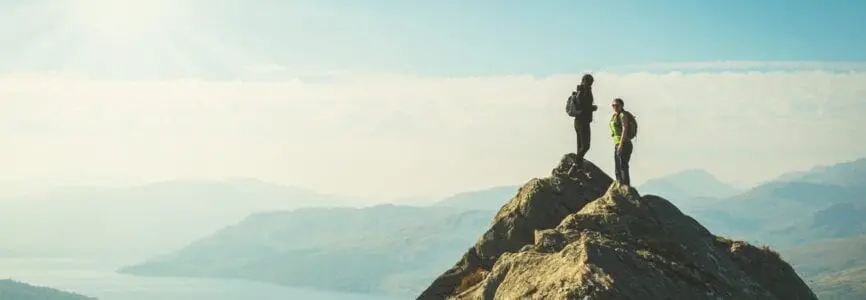Bioethics Forum Essay
Nature Isn’t What It Used To Be
Is the end in sight for wilderness? A recent opinion piece in the New York Times, by the science journalist Christopher Solomon, says it is. “There’s a heresy echoing through America’s woods and wild places,” writes Solomon. “It’s a debate about how we should think about, and treat, our wilderness.”
We have always thought of a wilderness as a place untouched by human beings. But as Solomon points out, there is no such place left on earth. Humans have put their fingerprints everywhere. Moreover, many of the places we think of as “untouched” are sufficiently badly damaged—or at risk of damage—that human effort is now needed to keep them healthy.
Solomon’s observations are not new in environmentalist circles, of course. Some years ago, another science journalist, Bill McKibben, offered a similarly gloomy view of wilderness in his bookThe End of Nature,and more than a few scholars have proposed that the Holocene, the geologic era that began about 12,000 years ago with the most recent withdrawal of continental ice sheets, should be deemed over, superseded by the Anthropocene, a new geologic era defined by the fact that human activity has itself become a major geologic force.
Solomon’s conclusion is that we may need to give up on the idea of wilderness. The moral goal in our relationship with nature can no longer be just to preserve untouched nature; we must accept the task of stepping in and, as it were, retouching nature. As Solomon puts it, we must become gardeners instead of guardians.
But there’s another way we might go. Instead of just rethinking our level of activity in wilderness, we might also rethink the veryideaof “wilderness.” The conventional view that wilderness is a pristine thing probably stems partly from a general desire for bright, sharp lines in our concepts—for terms with clear definitions to tell us how the term is applied—and grows out of a long philosophical tradition that draws a particularly sharp line between humans and nature. But both of those reasons for keeping wilderness entirely free of human involvement can be challenged.
Arguably, the very idea of wilderness as “untrammeled” nature, as the Wilderness Act of 1964 has it, points toward a more complicated view of what “wilderness” means. To trammel something is to bind and limit it, not just to influence it, much less just to touch it. Presumably, too, even trammeled nature might, if left alone long enough, overcome its constraints and again become untrammeled. But with the conventional view of what “wilderness” means, no good account can be given of when it would count as wilderness, since if the term is defined clearly, a place must move sharply from one category to another, but the “rewilding” process could only be gradual. Indeed, with the usual definition, it’s hard to explainhowa place could ever count as wilderness again, since the human contribution to its history would probably be permanent.
Surely we do need to rethink the wild. But if we can rethink the veryideaof the wild, then by wilderness some cautious assistance, we might be able to hang onto the reality.
Gregory E. Kaebnick, a Hastings Center research scholar and editor of the Hastings Center Report, is the author of Humans in Nature: The World As We Find It and the World As We Create It. This essay originally appeared in The Philosopher’s Eye.
Posted by Susan Gilbert at 07/17/2014 02:51:58 PM |













